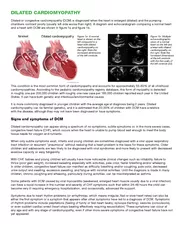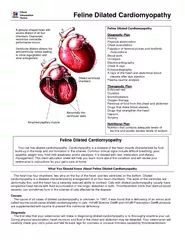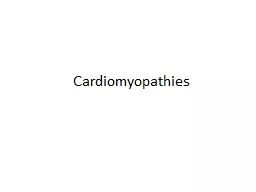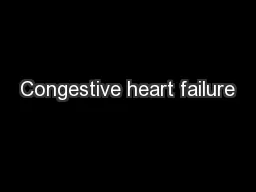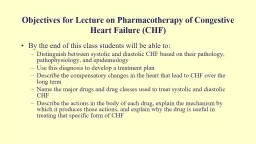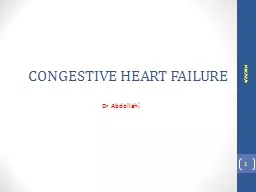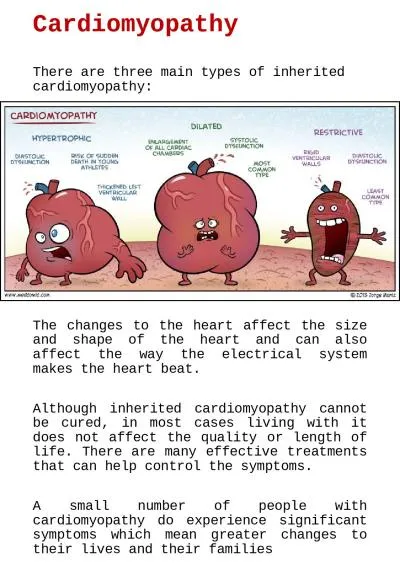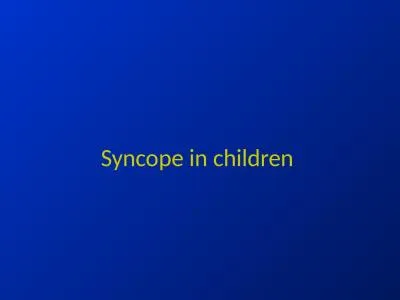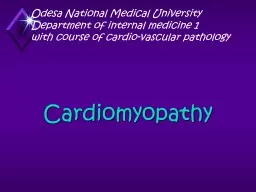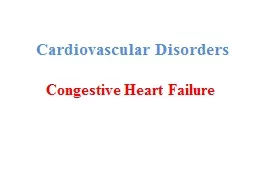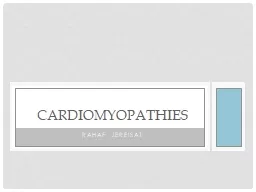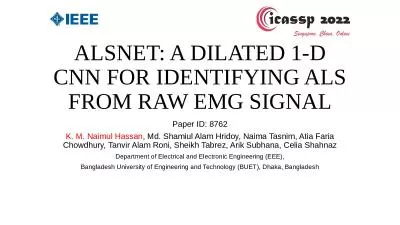PDF-DILATED CARDIOMYOPATHY Dilated or congestive cardiomyo
Author : ellena-manuel | Published Date : 2015-05-29
A diagram and echocardiogram comparing a normal heart and a heart with DCM are shown in 57375gure 1a and 57375gure 1b This condition is the most common form of cardiomyopathy
Presentation Embed Code
Download Presentation
Download Presentation The PPT/PDF document "DILATED CARDIOMYOPATHY Dilated or conges..." is the property of its rightful owner. Permission is granted to download and print the materials on this website for personal, non-commercial use only, and to display it on your personal computer provided you do not modify the materials and that you retain all copyright notices contained in the materials. By downloading content from our website, you accept the terms of this agreement.
DILATED CARDIOMYOPATHY Dilated or congestive cardiomyo: Transcript
Download Rules Of Document
"DILATED CARDIOMYOPATHY Dilated or congestive cardiomyo"The content belongs to its owner. You may download and print it for personal use, without modification, and keep all copyright notices. By downloading, you agree to these terms.
Related Documents

